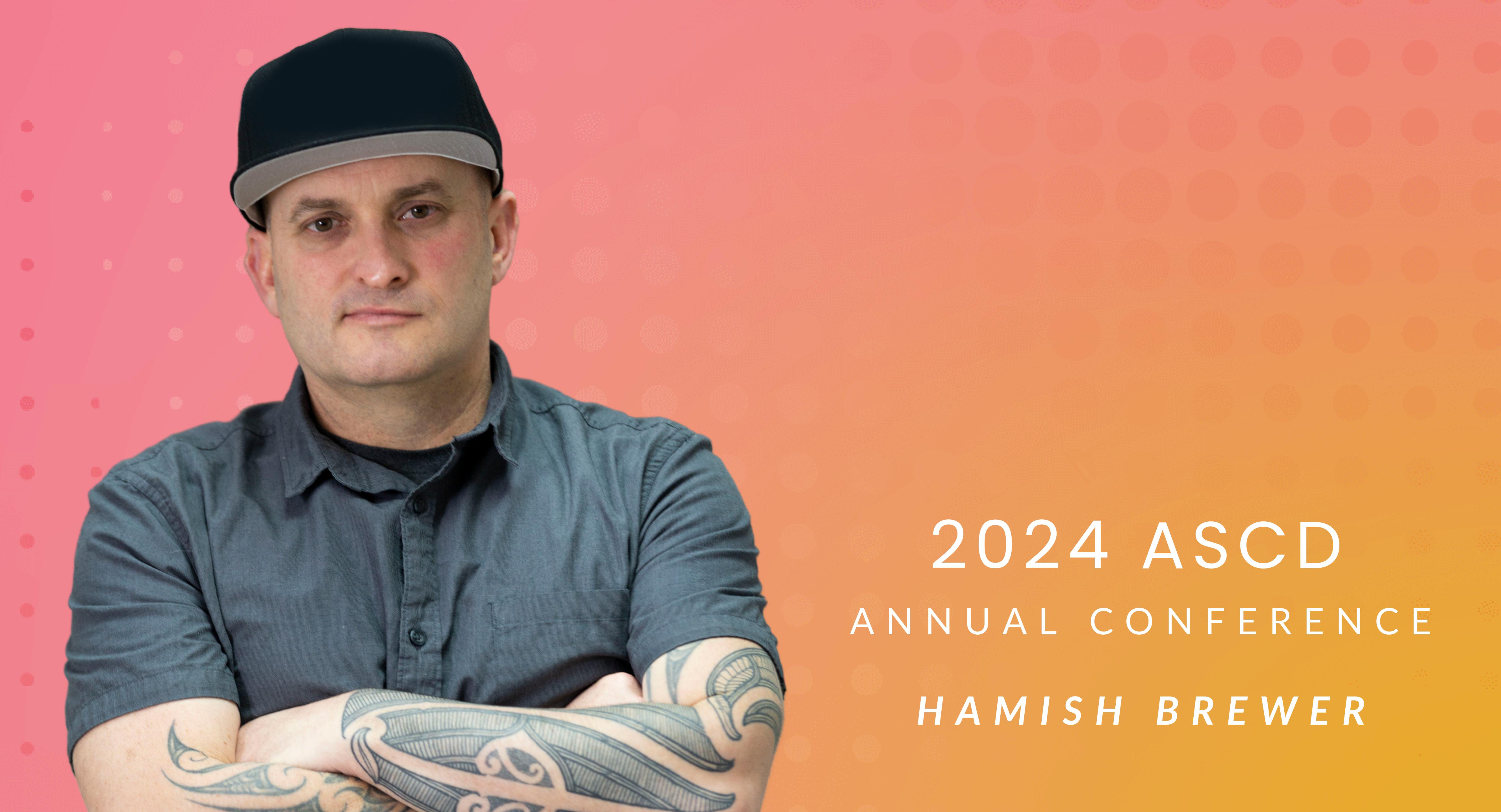Ford High School has a problem. A growing number of students are being diagnosed with high anxiety, and as a result, they are missing class and struggling to prepare for important tests. A group of teachers huddles at a table with chart paper and Post-It notes, analyzing this problem and proposing potential solutions.
“Who is our customer? Is it the student? The teachers? The school?”
“How do you reduce anxiety?”
“How do we get kids to want to be at school?”
“I honestly think we need to offer a class in this…”
“For students… or for teachers?”
“I know a teacher who used to lead her students in yoga at the beginning of class every day; it really calmed their anxiety.”
The teachers involved in this exercise don’t actually work at Ford High School (which is fictional) – they are teachers from a variety of schools and disciplines participating in a summer workshop on design thinking and entrepreneurship. The program, called Teen Startup Trainers, grew out of my experience at the University of Pennsylvania’s 13-month Education Entrepreneurship degree program.
My goal is writing the curriculum was to help both educators and students develop an entrepreneurial mindset and use design thinking strategies to solve problems in our schools, communities, and society.
Here’s what that looks like:
- Starting with the first session, participants engage in divergent thinking activities to stimulate creative problem-solving — for example, brainstorming alternate uses for a paperclip; creating toys from materials like popsicle sticks, cloth and rubber bands; creating gift baskets for individuals at different stages of life; developing strategies to reduce test anxiety.
- At the end of the first day, participants conduct customer interviews to identify real problems and pain points in their schools, neighborhoods, and communities — for example, excessive screen time, urban food deserts, and difficulty managing the needs of aging parents.
- In the course of a week, participants learn to collaborate, develop solutions, surface assumptions, produce minimum viable products, test their solutions for viability, pitch to investors, and use feedback loops to iterate and make continued improvements. Last year, one of the teacher groups developed a “30-Day Screen Time Challenge” to curb smartphone addiction, and another created a crowdsourced app for locating foods for people with dietary restrictions.
This design-thinking process is a far cry from what most teachers and students experience during the school day — or normal professional development. It is anything but business as usual in the classroom. But this approach has a tremendous amount to offer both educators and our students.
Design Thinking Is An Effective Way To Help Our Students Develop A Deep Purpose For Learning
One of the chief reasons our students struggle with motivation is that they don’t see any relevance to what they’re learning in school. How many times have students asked you: “When will I ever need to know this?”
When students engage in design thinking, they are tackling real-world problems that interest them, and the purpose becomes obvious. My students at Mounds View High School in Minnesota have taken on problems like late buses (and waiting outside for them in the bitter cold), plastic bag pollution in the oceans, overpriced T-shirts for school clubs and activities, and a lost sense of school community.
Will, a former student, told me most of high school felt like wasted time to him, but if he would have been able to start a venture or social enterprise and apply his learning to his interests, he would have been asking the English teachers for help with writing and asking the math teachers for help with accounting. It would have mattered to him.
It’s not just Will. Research by the Entrepreneurial Learning Initiative found that community college students trained in the entrepreneurial mindset – meaning that they learned to recognize opportunities, solve problems, and move ideas to action – were far more likely to persist and re-enroll the following semester, 83% compared to 55% in the control group.
Design Thinking Makes Learning Lively, Interactive, Authentic And Fun
Most education researchers agree that approximately 80 percent of the time students spend in our classrooms is still spent passively listening to lectures. It’s boring, and it’s not how we learn best. It also fails to teach valuable 21st Century skills, like problem-solving and collaboration.
Structure a class or activity around design-thinking and entrepreneurship (or social activism or service learning), and you’ll have students who don’t want to leave when the bell rings. They’ll work on weekends and all summer long. Nothing is as engaging or stimulating as working together to solve an interesting problem.
Jake, a former student who worked on a team developing a flexible-scheduling app for schools, told me this project became his single biggest time commitment in high school – by choice.
“What drew me to it was doing something real and tangible; I just set out to create something of my own that was meaningful in some way,” he said. “It was the purpose in action.”
Design Thinking Prepares Students For 21st Century Jobs
Problem-solving. Collaboration. Curiosity. Public speaking. Resilience. These are skills our students need if they are going to be successful in their future jobs, and these are the skills they develop in classrooms centered on design thinking.
Amy, one of my students this year, doesn’t like learning in traditional classes, and she had a hard time keeping track of all of her assignments. But after four years of working on entrepreneurial projects, she has helped launched software apps, a pencil case business, a water-soluble plastic bag business, and her own design-thinking course for retirees. Her collaboration and problem-solving skill are incredible, and it only takes a few minutes with her to be impressed.
Amy’s first-choice college recognized her initiative and problem-solving abilities and rewarded her with a four-year, full-ride scholarship – because they know she’s exactly the kind of young adult who will shape our future community.
Design Thinking Empowers Us – Teachers And School Leaders – To Tackle The Problems We Face In Our School Buildings And Classrooms
Design thinking isn’t just for our students. It’s a more effective way to tackle problems like test anxiety, bullying, failure rates, wasted lunch food, tardies, dress code violations, and more.
Unlike traditional top-down problem solving, this process requires leaders to listen to the people who are experiencing the problem and understand their pain points. If students are suffering anxiety and missing school, we need to ask them questions to find out why. We need to understand their experience before we can start to solve the problem.
This process also requires us to test our solutions. It’s not enough to implement a new policy, like a testing calendar or more guidance counselors. We need to continually evaluate the effectiveness of the policy and ensure that it actually solves the problem.
The design thinking process turns all of us into listeners, experimenters and learners. When we embrace it, we realize that the best solutions don’t come from a single genius (or leader) with all the answers, but from people willing to listen, test, refine and persist until they find something that actually works.
After analyzing their case – identifying the problem, the customer, the pain points, and the major goal – the teachers studying Ford High School’s anxiety problem began to formulate solutions and talk about how to test them in a school. They decided they would start by training teachers in strategies that create a calm, supportive environment – like using voice, body language and predictable routines to make students comfortable.
And then, of course, they would conduct follow-up interviews with the students to see if it actually works.
Martha Rush has taught social studies, journalism and language arts for 25 years. She is a nationally recognized economics and entrepreneurship teacher and curriculum developer. She is the author of Beat Boredom: Engaging Tuned-Out Teenagers (Stenhouse 2018) and the founder of NeverBore.org. She has published curriculum in a variety of disciplines, including the Teen Startup Trainers design-thinking curriculum and the No Easy Answers case-study based personal finance curriculum. Martha has a B.A from the University of Michigan (1989), an M.A. from the University of Minnesota (2001), and an M.S.Ed. in Education Entrepreneurship from the University of Pennsylvania (2016).








